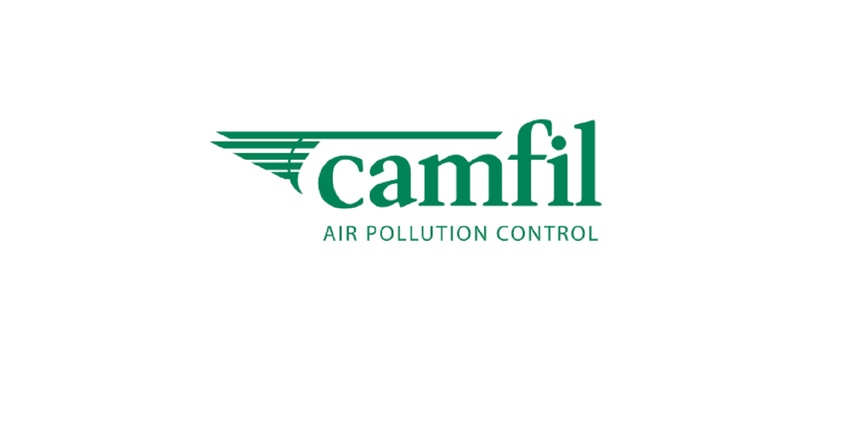Camfil APC Releases Dust Collection in Battery Manufacturing Guide
The new guide addresses the need for efficient dust collection, crucial for both environmental and worker safety.
December 8, 2023

Camfil Air Pollution Control (APC), a global leader in industrial dust, fume, and mist collection, has launched a new resource for battery manufacturers: "A Guide to Dust Collection in Battery Manufacturing." This comprehensive guide addresses the often-overlooked need for efficient dust collection in the rapidly growing battery manufacturing industry, crucial for both environmental and worker safety.
Battery manufacturing processes release toxic dust particles — including lead, nickel, cobalt, and aluminum — posing significant health risks like lead poisoning and potential for explosive incidents. Camfil APC's guide provides insights into managing dangerous dusts produced during the manufacturing of various batteries, such as rechargeable auto batteries, electric vehicle (EV) batteries and lead-acid batteries.
The guide highlights the health hazards associated with exposure to various toxic dusts like lithium, cobalt, nickel, and manganese, emphasizing the need for stringent dust control measures. It outlines the various stages of battery manufacturing that pose lead exposure risks such as oxide and grid production, plate processing, battery assembly, and repair and reclaim operations.
The guide offers the detailed explanation of dust collection systems. These systems are essential for mitigating exposure and explosion risks by trapping harmful particles and fumes, thus helping to ensure compliance with key regulatory bodies such as OSHA, NFPA, and the EPA. The guide also outlines the benefits of dust collection systems, like worker protection from harmful dust, compliance with safety standards, and reduction in exposure to other toxic materials.
As well, the guide offers practical tips to improve dust collection, such as analyzing dust properties, adding engineering controls, and maintaining dust collection systems. These insights are particularly valuable for facilities seeking to enhance workplace air quality and safety.
Camfil APC's resource guide for battery manufacturers equips them with knowledge and strategies to address the unique challenges posed by toxic dusts in the industry.
About the Author(s)
You May Also Like




